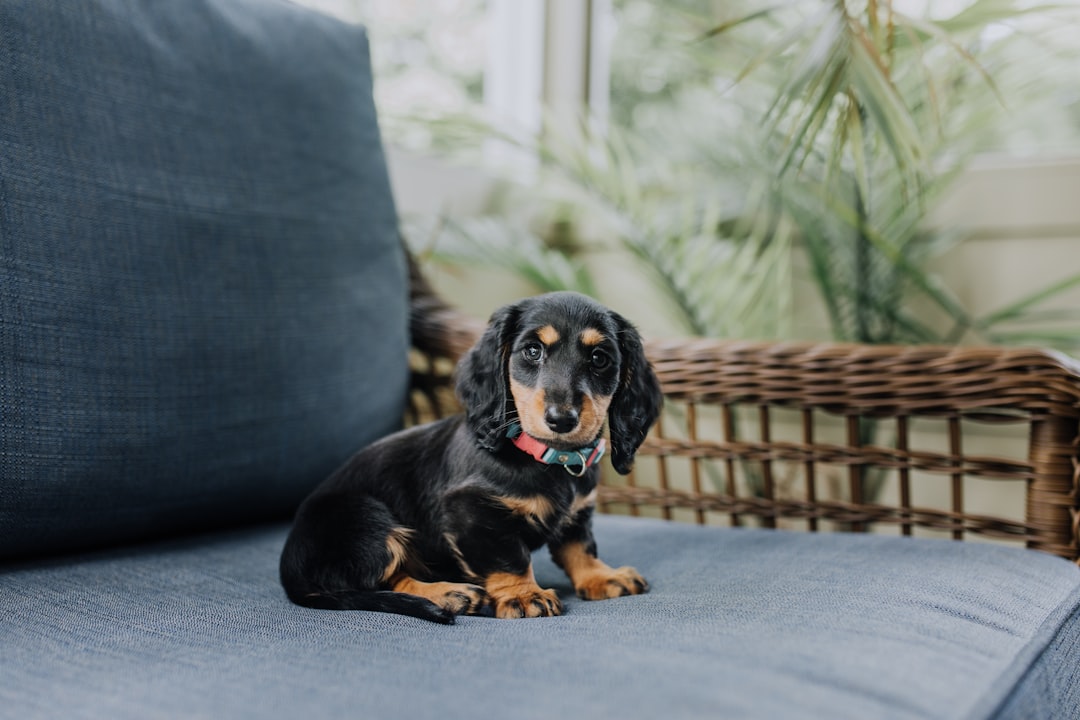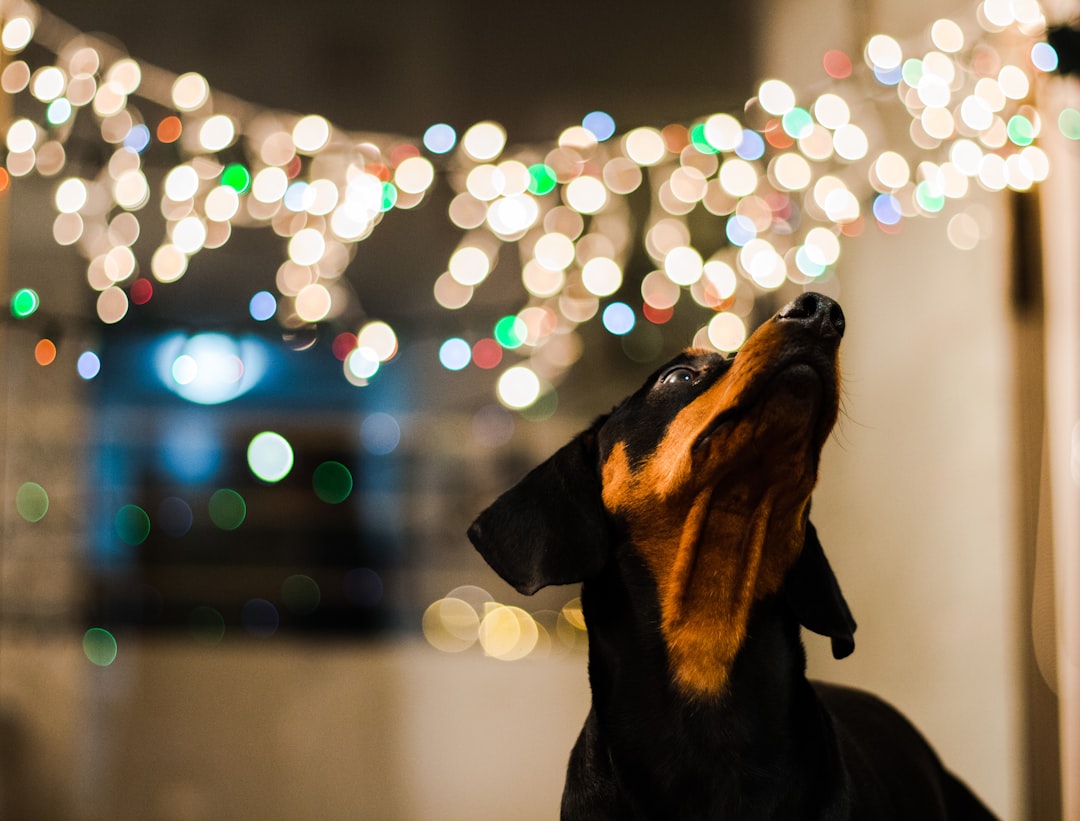Walker Hounds, known for their remarkable hunting skills and friendly disposition, make excellent companions for active families. Understanding their traits and temperament allows potential owners to better accommodate their needs. These dogs, with their distinctive physical characteristics and variations, require ample exercise and socialization to thrive. Additionally, proper training and health considerations are vital in ensuring that Walker Hounds lead happy and healthy lives. In this post, we will explore these aspects in detail to help you appreciate the charm of this wonderful breed.
Physical Characteristics of Walker Hounds
Walker Hounds are known for their distinctive and appealing physical traits. Understanding these characteristics helps potential owners appreciate the breed’s unique attributes. Here’s a breakdown of their key features:
- Size: Walker Hounds typically stand between 20 to 27 inches tall at the shoulder.
- Weight: Their weight ranges from 40 to 65 pounds, making them a medium to large breed.
- Coat: They have a short, dense coat that is often tri-colored (white, black, and tan) or bi-colored, which provides them protection during hunting.
Comparison of Common Variations
| Variation | Coat Colors | Size Range (inches) | Weight Range (lbs) |
|---|---|---|---|
| Treeing Walker Hound | Tri-color, Black & Tan | 20 – 27 | 40 – 65 |
| American English Hound | Red & White, Lemon, Blue | 18 – 25 | 40 – 60 |
| Bluetick Coonhound | Blue Merle, Black & Tan | 21 – 27 | 45 – 80 |
These physical characteristics of Walker Hounds not only make them striking to look at but also equip them for their role as hunting and companion dogs. Understanding their physical traits can help you choose the right Walker Hound for your lifestyle.
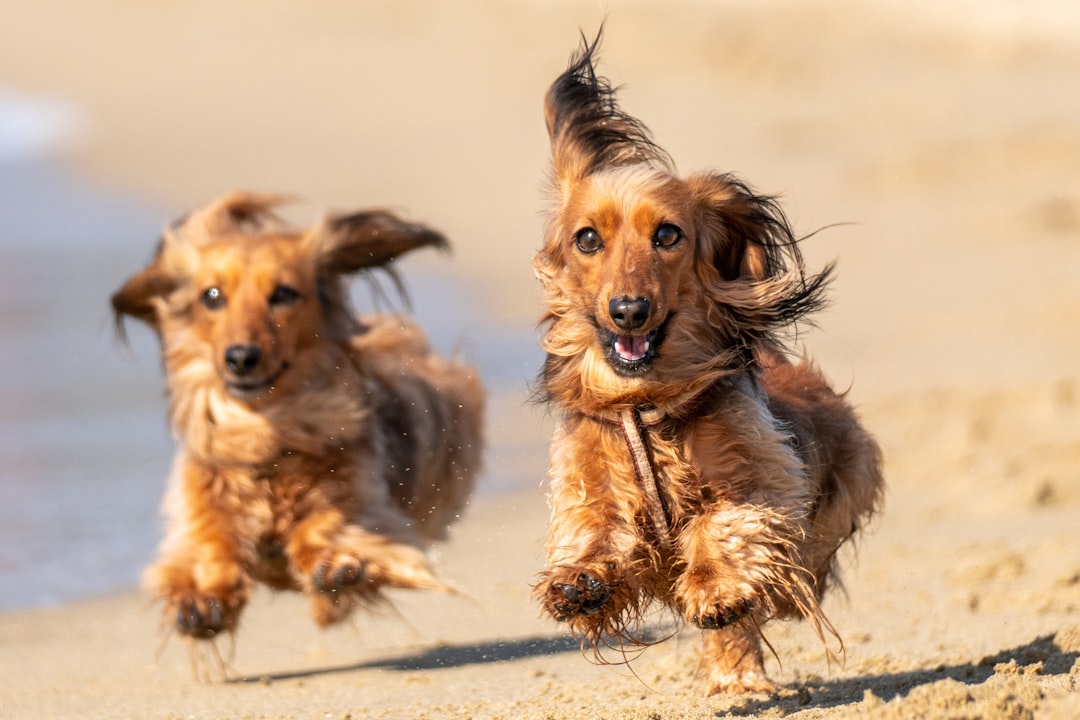
Common Variations of Walker Hounds
Walker Hounds come in several distinct variations, each showcasing unique traits while sharing common ancestry. The three primary types of Walker Hounds include:
Treeing Walker Coonhound
- Appearance: Slim and athletic with a short, sleek coat.
- Temperament: Energetic and intelligent; excellent for hunting and family companionship.
- Coloring: Predominantly white with black and tan markings.
Bluetick Coonhound
- Appearance: Stocky build with a unique “blue” spotted coat.
- Temperament: Sociable and affectionate; enjoys human interaction and outdoor activities.
- Coloring: Dark navy spotted pattern over a white base.
American Foxhound
- Appearance: Tall and lean, typically more elongated than other Walker Hounds.
- Temperament: Calm and friendly; adapts well to family life but loves to run.
- Coloring: Various color patterns, including tri-color and solid colors.
Summary Table of Walker Hounds Variations
| Variation | Size | Coat Type | Temperament |
|---|---|---|---|
| Treeing Walker Coonhound | Medium | Short | Energetic, Intelligent |
| Bluetick Coonhound | Medium | Short | Sociable, Affectionate |
| American Foxhound | Large | Short | Calm, Friendly |
Each of these Walker Hounds variations offers a distinct personality and physical characteristics, allowing potential owners to choose based on their lifestyle and needs.
Temperament Overview of Walker Hounds
Walker Hounds are renowned for their distinctive temperament, making them beloved companions for families and hunters alike. Here are some key traits that define their personality:
- Affectionate: Walker Hounds thrive on companionship and form strong bonds with their owners.
- Intelligent: They possess sharp minds, making them quick learners; however, this can sometimes lead to stubbornness.
- Energetic: These dogs require ample exercise, so they often display a zest for life; regular activity keeps them content.
- Alert: Walker Hounds are natural watchdogs, showcasing a keen sense of awareness, which makes them excellent guardians.
- Gentle: They generally exhibit a friendly disposition, particularly towards children and other pets, provided they receive proper socialization.
To summarize, Walker Hounds combine their hunting instincts with a loving nature. Their temperament is not only suitable for active families but also allows for rich interactions with other pets. Remember, early training and socialization are key to nurturing these traits!
Exercise Needs and Activity Level
Walker Hounds require a significant amount of physical activity to remain healthy and happy. These energetic dogs thrive on exercise, which not only helps maintain their physical health but also stabilizes their temperament. Here’s what you need to know about their exercise needs:
Daily Exercise: Aim for at least 60 to 90 minutes of vigorous activity each day.
Activities: Engage them in activities such as:
- Hiking
- Running
- Fetching games
- Agility training
Mental Stimulation: Walker Hounds also benefit from mental challenges. Consider incorporating:
- Puzzle toys
- Scent work activities
- Obedience training sessions
Social Needs: Regular playtime with other dogs is important to fulfill their social needs and improve their behavior.
Comparison of Exercise Levels
| Breed Type | Exercise Needs | Ideal Activities |
|---|---|---|
| Walker Hounds | 60-90 min/day | Hiking, Running, Fetch |
| Less Active Breeds | 30-60 min/day | Short walks, Playtime indoors |
By meeting their exercise needs, you ensure that your Walker Hounds are healthy, well-behaved, and ready for an active lifestyle. Always adjust the exercise level based on their age, health, and energy.
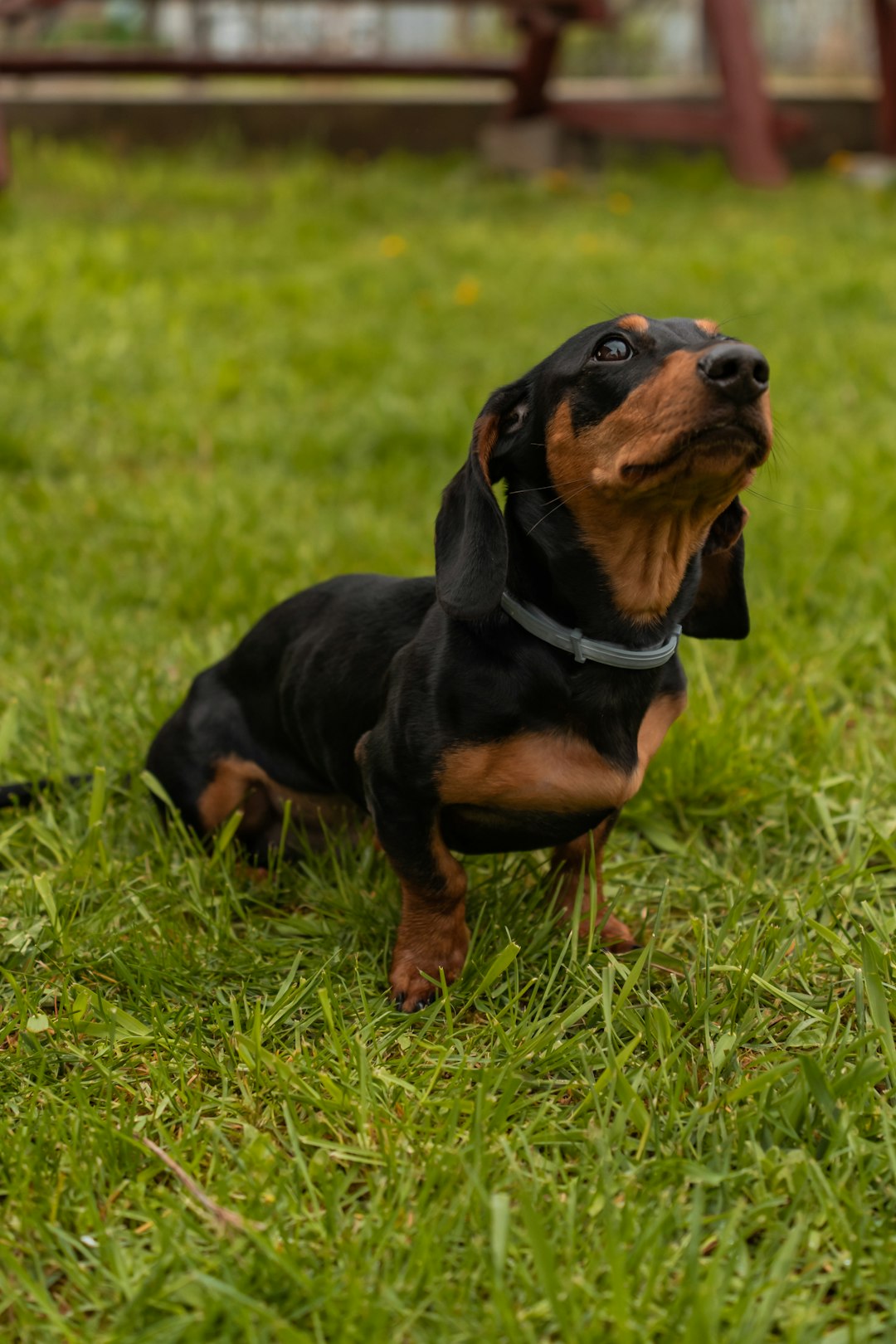
Training Tips for Walker Hounds
Training Walker Hounds can be a rewarding experience, as they are intelligent and eager to please. However, their independent nature requires specific training strategies. Here are effective tips to ensure a successful training journey:
Start Early: Socialization from a young age can help your Walker Hound develop into a well-rounded dog. Focus on exposing them to various people, pets, and environments.
Use Positive Reinforcement: Instead of harsh corrections, reward your Walker Hound with treats, praise, or playtime when they respond positively to commands. This encourages good behavior.
Be Consistent: Consistency is key. Use the same commands and cues every time to avoid confusing your Walker Hound. Clear rules help them understand expectations.
Incorporate Variety: These dogs thrive on variety. Mix up training sessions by introducing new tricks or activities to keep your Walker Hound engaged.
Keep Sessions Short: Aim for 5-10 minute training intervals. Young Walker Hounds can lose focus quickly, so short sessions help maintain their attention.
By following these tips, you can foster a strong bond with your Walker Hound while ensuring they are well-trained and happy.
Health Considerations for Walker Hounds
Ensuring the health of your Walker Hounds is crucial for their overall well-being. These dogs are generally robust, but like any breed, they can be prone to specific health issues. Here are some key considerations:
Hip Dysplasia:
- This is a common concern in many breeds, including Walker Hounds. Early detection through regular vet check-ups can help manage this condition effectively.
Ear Infections:
- Due to their floppy ears, Walker Hounds are susceptible to ear infections. Regular cleaning and inspection can prevent problems.
Obesity:
- Walker Hounds love food and may overeat if not monitored. Maintain a healthy diet and regular exercise to prevent weight gain.
Eye Problems:
- Some Walker Hounds may develop conditions like cataracts or progressive retinal atrophy. Regular eye examinations can help catch such issues early.
Preventative Care Tips:
- Schedule annual vet visits.
- Keep vaccinations up to date.
- Provide balanced nutrition tailored to their needs.
By focusing on these health considerations, you can ensure your Walker Hounds lead happy and healthy lives.
Grooming and Care Requirements
Caring for Walker Hounds requires a straightforward grooming routine. Their short, sleek coats are low-maintenance but still need regular attention to keep them healthy and shiny. Here are some essential grooming tips for Walker Hounds:
Brushing: Brush their coat weekly using a soft-bristle brush to remove loose hair and dirt. This helps reduce shedding and keeps their skin healthy.
Bathing: Give Walker Hounds a bath every few months, or as needed. Use a mild dog shampoo to avoid skin irritation.
Nail Care: Check their nails regularly. Trim them every few weeks to prevent overgrowth and discomfort.
Ear Checks: Inspect their ears weekly for dirt or wax buildup. Clean them gently with a dog-specific ear cleaner.
Additional Care Considerations:
- Dental Hygiene: Brush their teeth several times a week to prevent dental issues.
- Diet: Provide a balanced diet appropriate for their age, size, and activity level.
Overall, a consistent grooming routine keeps Walker Hounds looking great and ensures their overall health and happiness.
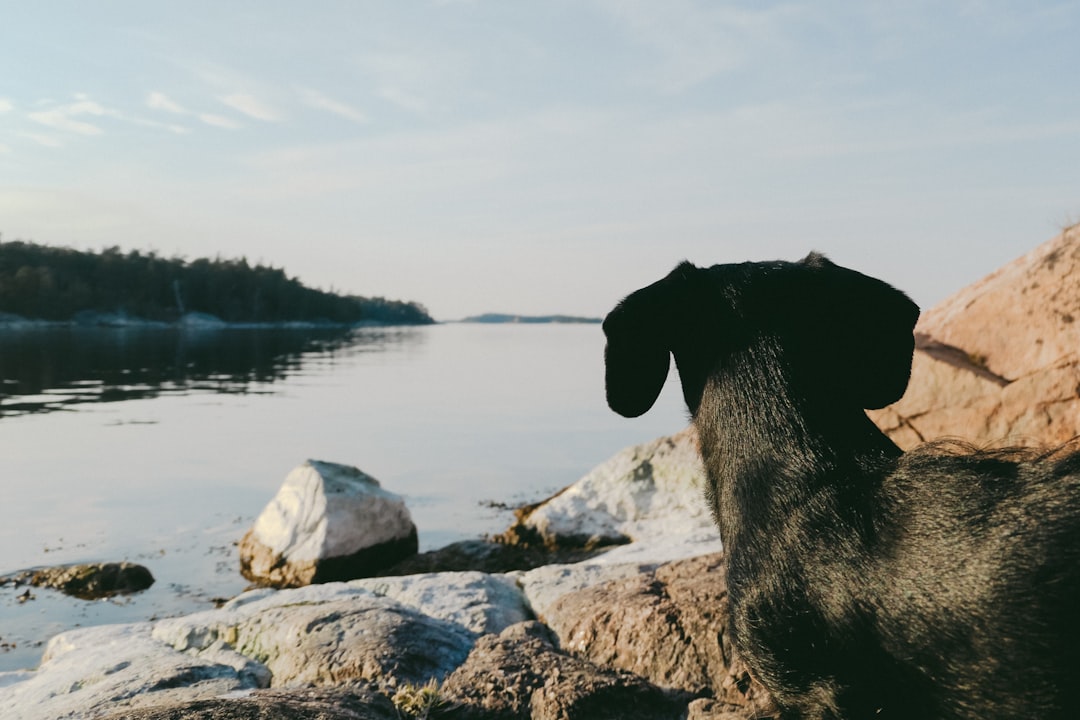
Socialization and Interaction with Other Pets
Walker Hounds are known for their friendly and sociable nature, which makes them great companions for families and other pets. To ensure a harmonious living environment, early socialization is crucial. Here are some tips to foster positive interactions with other pets:
- Start Early: Introduce your Walker Hound to different environments, people, and pets as a puppy to build confidence.
- Positive Reinforcement: Use treats and praise to reward desired behaviors during interactions, reinforcing their good manners.
- Controlled Introductions: When introducing your Walker Hound to other animals, ensure the initial meeting occurs in a neutral, controlled space to minimize territorial behaviors.
Walker Hounds generally enjoy the company of other dogs. However, they may have a strong prey drive due to their hunting history. Thus:
| Interaction Type | Walker Hounds Response |
|---|---|
| Dogs | Friendly and Playful |
| Cats | May see them as prey |
| Smaller Pets | Caution is advised |
In conclusion, with the right socialization techniques and supervision, Walker Hounds can thrive in multi-pet households, promoting a loving and friendly atmosphere.
Frequently Asked Questions
What are the key traits of Walker Hounds?
Walker Hounds, particularly the Treeing Walker Coonhound variety, are known for their incredible sense of smell, agility, and friendly demeanor. These hounds are medium to large in size, boasting a lean and athletic build. With short, dense coats that are often marked with distinctive black, white, and tan patterns, they typically weigh between 50 to 70 pounds. Their traits include a strong hunting instinct, intelligence, and an eagerness to please, making them versatile companions and excellent working dogs.
How is the temperament of Walker Hounds?
Walker Hounds possess a gentle and friendly temperament, which makes them great family pets. They are particularly sociable and thrive on companionship, enjoying interaction with both humans and other dogs. However, their strong prey drive means they may be inclined to chase smaller animals, so consistent training and socialization are essential. These hounds are known for their energetic nature and require regular exercise to stay healthy and happy, as they are enthusiastic and both playful and affectionate.
Are Walker Hounds easy to train?
Training Walker Hounds can be both rewarding and challenging. Their intelligence helps them learn commands and tricks relatively quickly, but their independent nature may require patience and persistence from their owners. Positive reinforcement techniques, such as treats and praise, are effective, as these hounds respond well to encouragement. Regular training sessions that incorporate play can enhance their focus and motivation, ensuring that they develop desirable behaviors while channeling their energy productively.
What kind of living environment do Walker Hounds need?
Walker Hounds thrive in homes with access to a fenced yard or nearby open spaces where they can run and explore. While they adapt well to different living situations, including rural and suburban environments, they do require ample exercise and mental stimulation. An active family that enjoys outdoor activities will find Walker Hounds to be ideal companions. It’s crucial to ensure they receive daily walks, playtime, and opportunities to engage in activities that align with their natural instincts.

